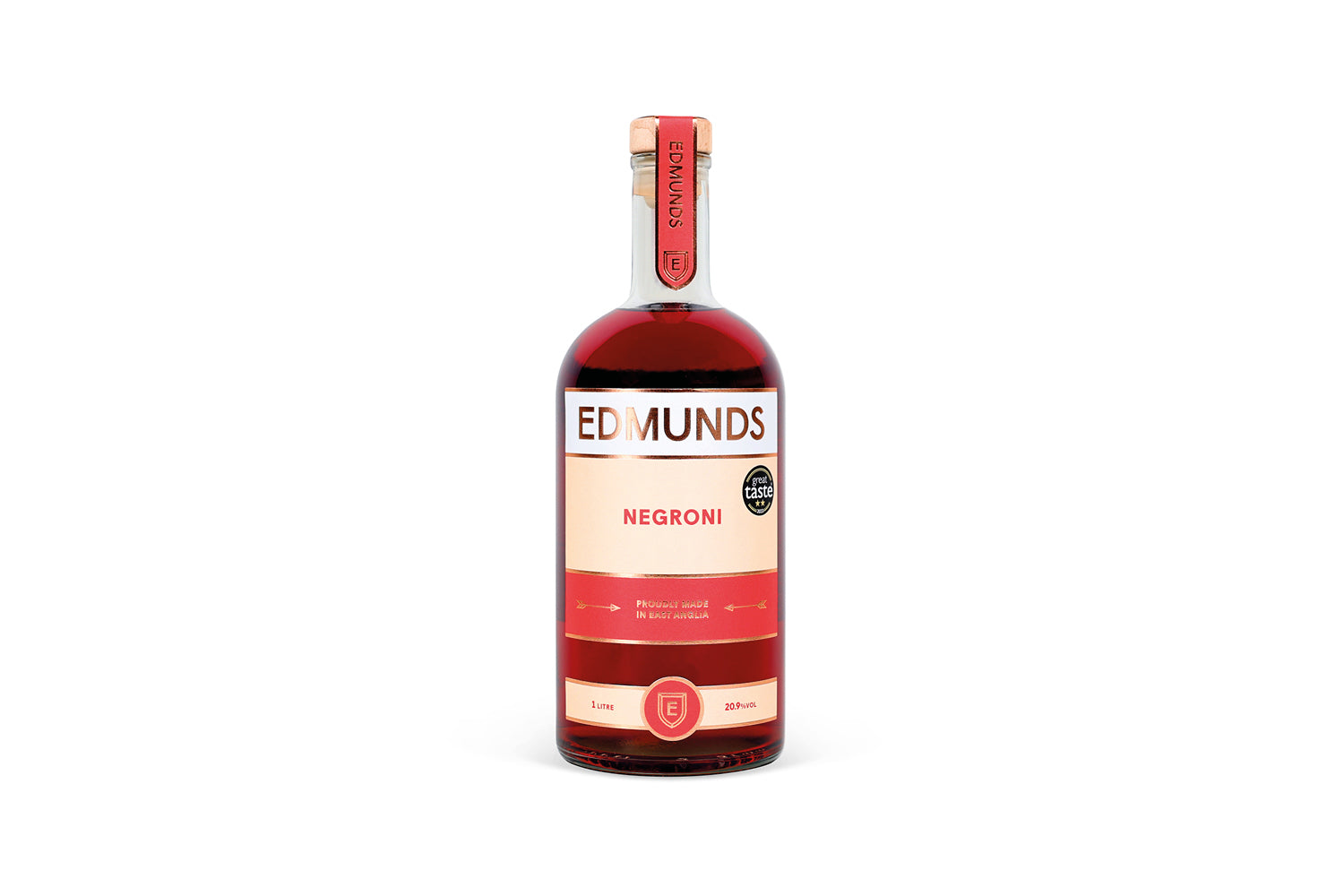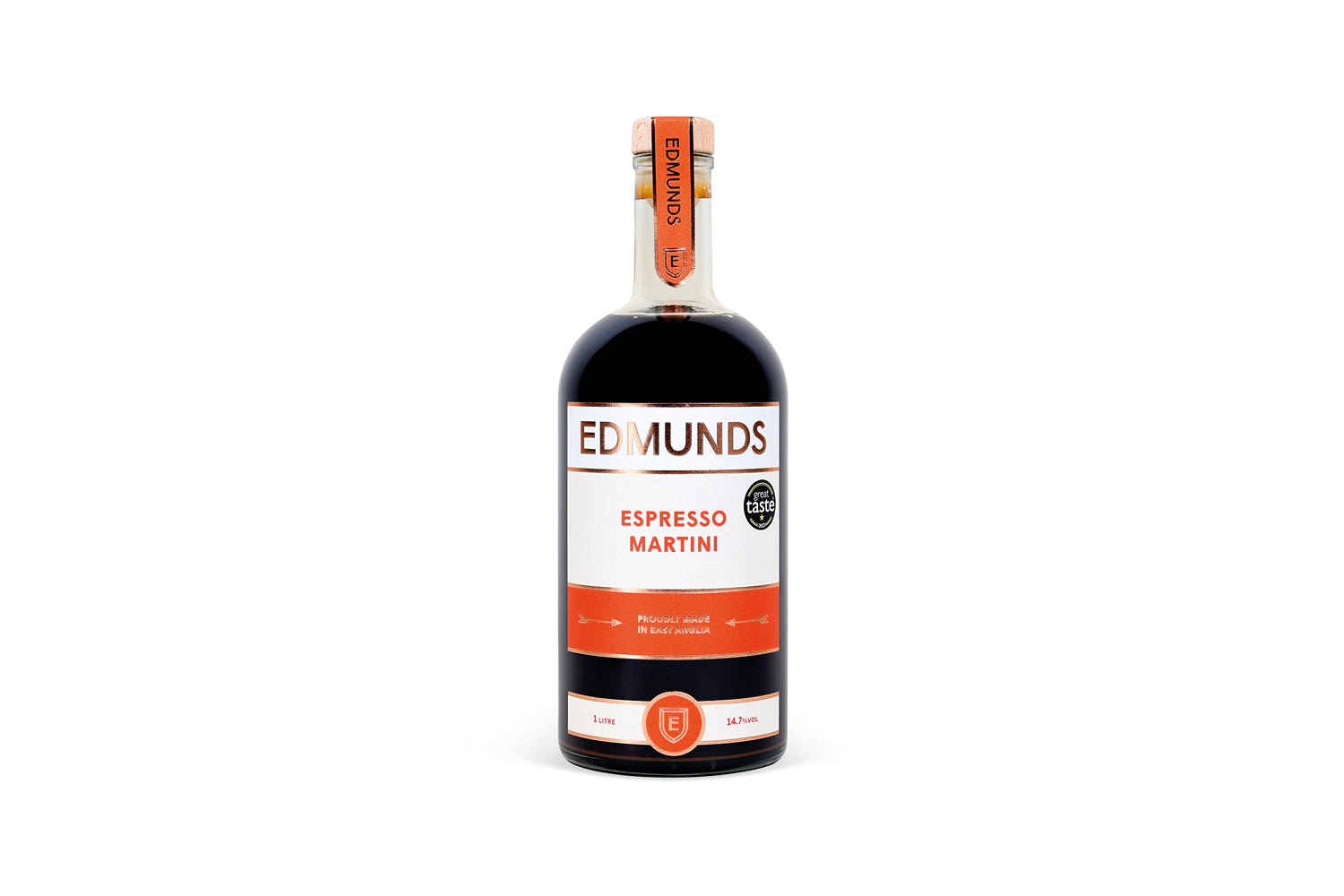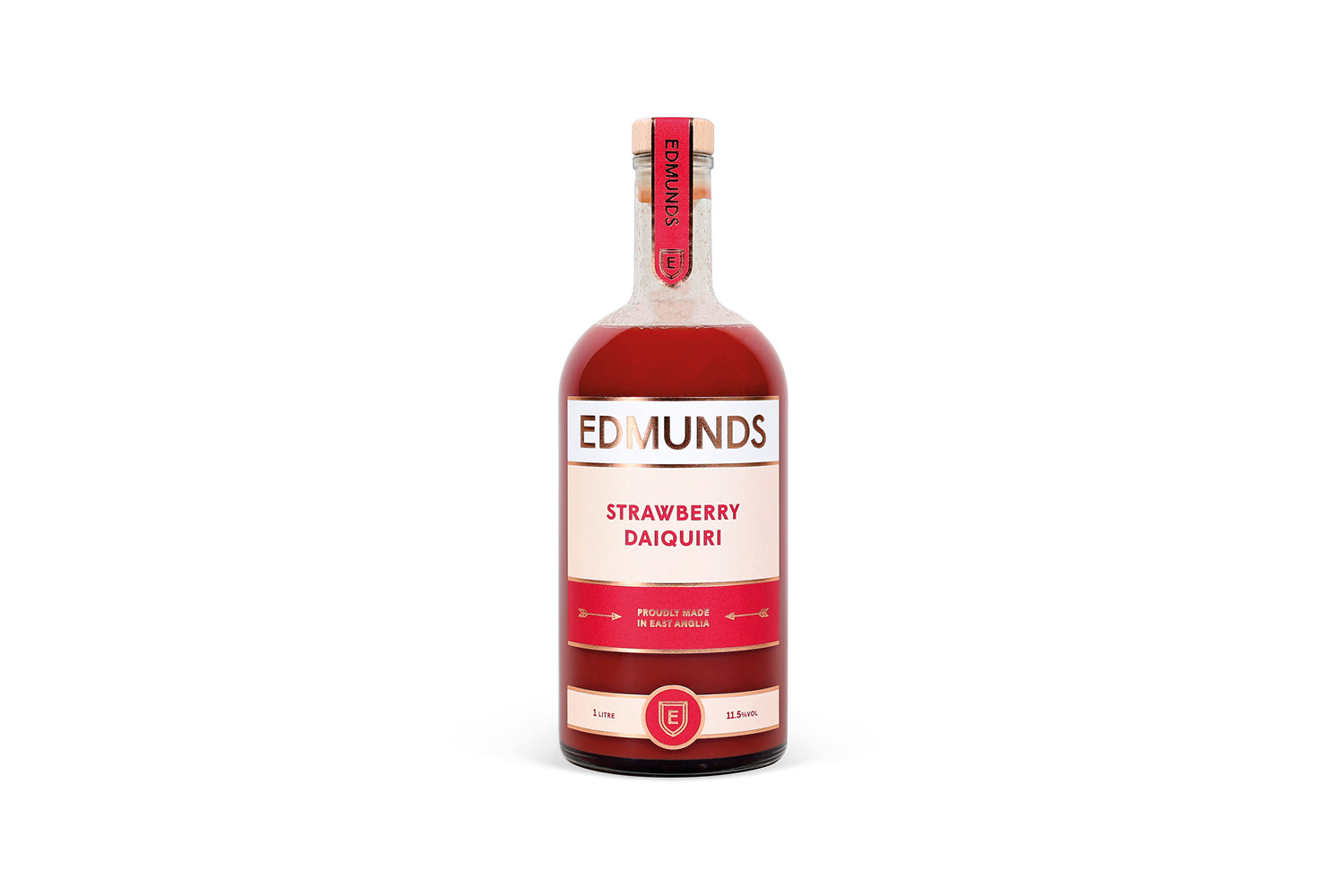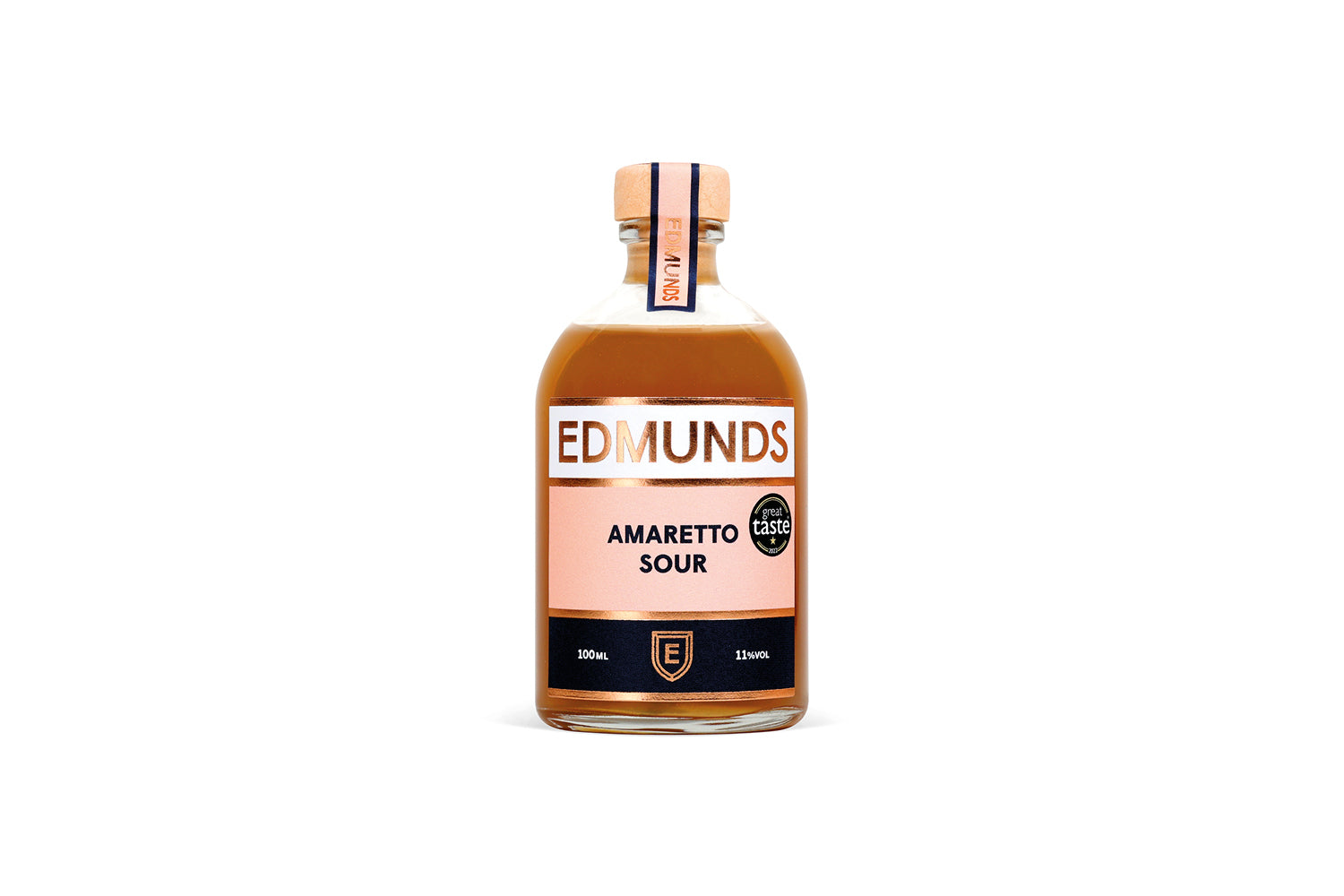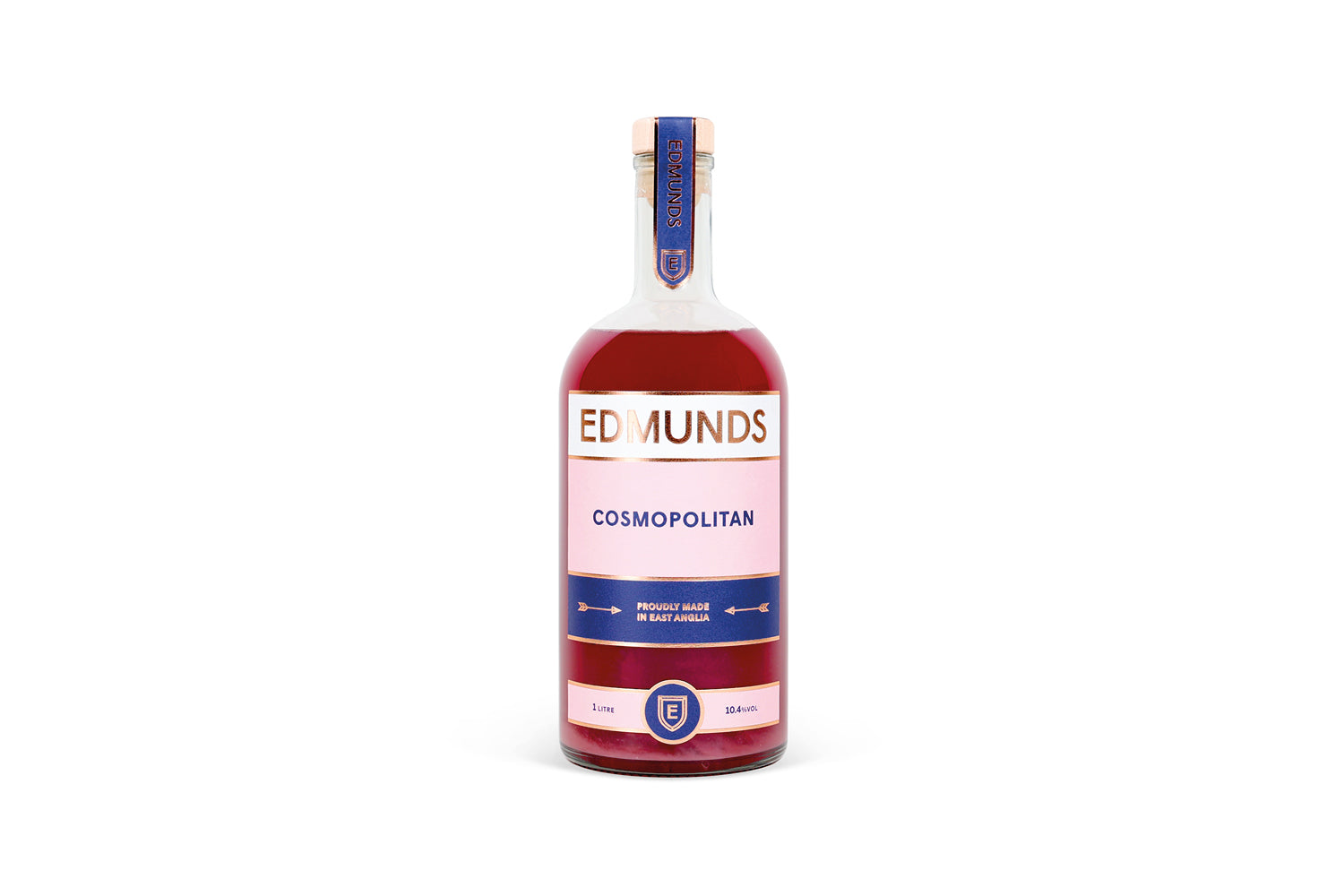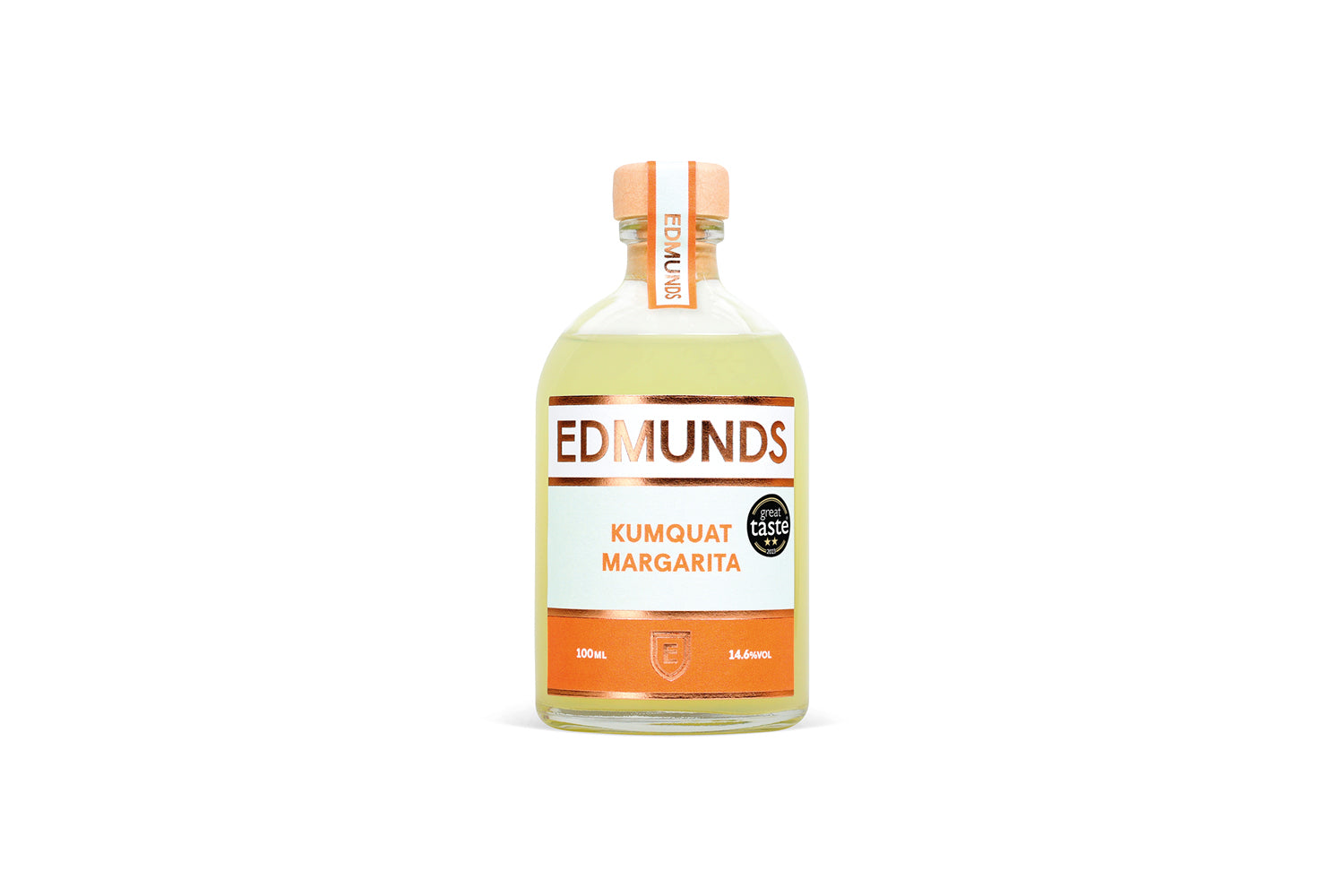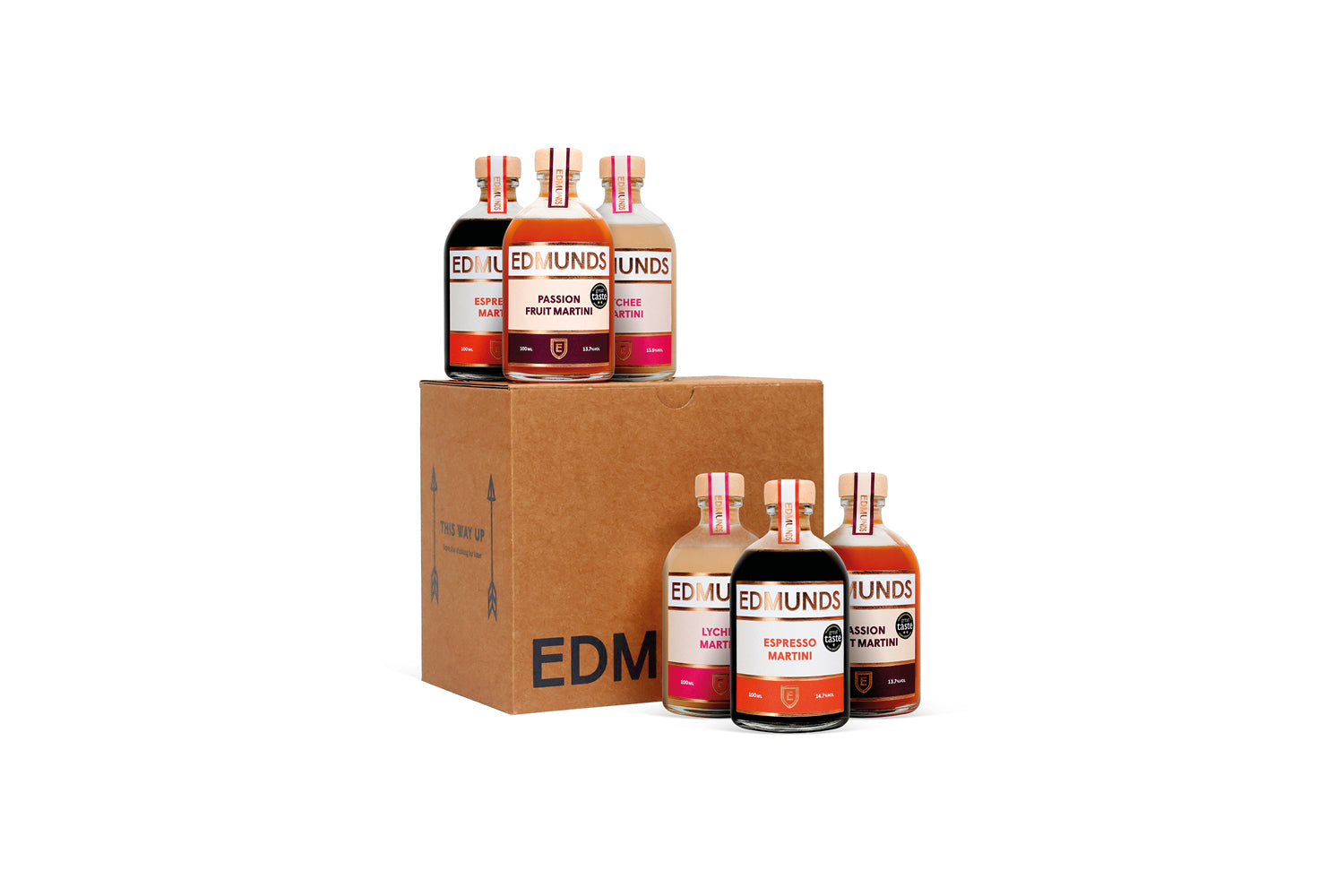Okay, so with the depths of winter nearing we’re definitely hankering after the balmy weather that was the surprise feature of summer in the UK this year, enabling us all to enjoy the alfresco lifestyle we imagine our southern European neighbours probably regard as the norm.
That said, after a record-breaking July and August characterised by scorched fields, dwindling water levels and melting tarmac, there’s been something more appealing than usual about the autumn months, with the promise of misty mornings, dew-soaked grass and hedgerows packed with produce, like the well-stocked larder of a nineteenth-century country house.
Foraging is having a bit of a moment – chefs are falling over themselves to incorporate sea buckthorn, beech nuts or nettles into their menus. That said, although foraging (for the 4 ‘Fs’: fruit, foliage, flora and fungus) on public land is perfectly legal in the UK, not many of us are keen enough, knowledgeable enough – or live near enough to the right kinds of natural resources – to make this kind of food-gathering worthwhile.
You also have to be pretty confident that what you’re picking won’t make you ill – or worse. Everyone knows what a blackberry looks, smells and tastes like, for example, but mushrooms are a minefield; if you can’t tell a Dryad’s Saddle from a Destroying Angel, you’d be better sourcing exotic fungi from a specialist supplier than attempting to gather your own.

Here in Suffolk, keen plant foragers are spoilt for choice. Marsh samphire grows wild in our mud flats and salt marshes, while sloes, brambles and elderberries proliferate in autumn hedgerows. It goes without saying that foraging sustainably is important. The basic rule of thumb is to have consideration for the environment: harvesting from only those plants that are growing in abundance, being careful to leave more than you take and avoiding protected areas, nature reserves and Sites of Special Scientific Interest altogether.
No-one should be foraging commercially on public land. A Guardian article from earlier this year highlighted the tensions between some Cornish communities and apparently professional foragers who were decimating local supplies of wild garlic. Foraging is an ages-old rural tradition that, when managed sensibly and sustainably, helps us to make the most of nature’s abundance, at the same time reducing wastage. If you’d like to discover more about foraging – including what to harvest and when and where to find the best produce, it’s worth booking a course led by local experts.
However, if you don’t have the time or inclination to forage, you can still take a more sustainable approach to shopping by seeking out the top food and drink producers in your area. Regional agricultural and produce shows proliferate in late summer and early autumn and are usually jam-packed with high-quality, independent food and drink brands that keep food miles to a minimum. Look out for local farmer’s markets, too, where you’re more likely to find fleetingly in-season fruits, like damsons, for sale, as well as hard-to-find heritage varieties of apples and pears.

At Edmunds, we believe that the very best thing you can do with foraged fruits (and flowers) is to pair them with spirits to create a flavoursome cocktail. Sloes infuse wonderfully well in gin (or vodka). Simply steep 500g of washed and pricked fruit with 250g sugar and 70cl gin in a Kilner jar for a minimum of three months, shaking the contents weekly to help the process along. Then decant and strain into a bottle for the perfect Christmas tipple – or top a measure with Prosecco for a festive Sloe Fizz.
If you prefer your cocktails party ready, try our fresh-tasting Chambord Bramble. Combining Suffolk Distillery gin with Chambord’s legendary blend of black raspberries, XO Cognac, vanilla, citrus peel and honey, it captures all the jammy flavours of the autumn hedgerow. Shake, pour over ice and serve with raspberries.
Elderflower is another forager’s favourite. Our elegant Elderflower Collins is a fragrant infusion of elderflower liqueur, lemon juice and cucumber, blended with Suffolk Distillery gin. Team with ice and top with soda water for a taste of summer in a glass.


























